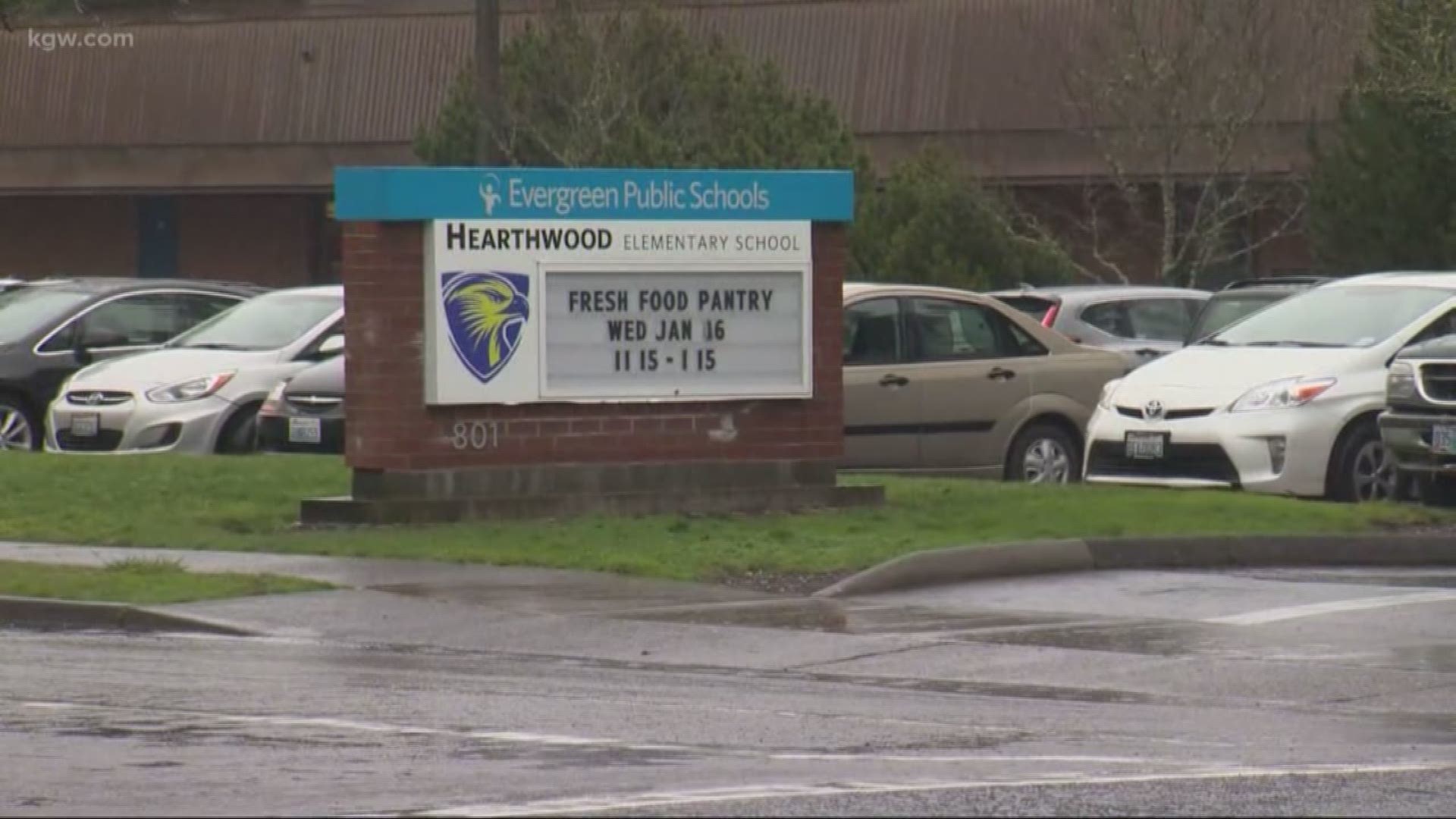VANCOUVER, Wash. — In the wake of an ongoing measles outbreak in Clark County, Washington public health officials are urging the state’s residents to check online to make sure their whole family is up to date on all needed doses of the measles vaccine.
“Vaccination is the best way to prevent this serious and sometimes deadly disease,” said Danielle Koeing, Immunization Health Promotions Supervisor at the Washington Department of Health.
Clark County public health officials said Friday that they have identified 30 confirmed cases of the disease since January 1. Nine cases are being investigated.
Medical experts say measles is a serious and highly contagious disease. They say it's possible for someone to catch the disease from someone else — even two hours after that person has left a room.
"This is going to get worse before it gets better. We’ve already had one child hospitalized," Dr. Alan Melnick, Clark County's Public Health Director and Health Officer. "I think it has a large possibility to affect other parts of the state — and not just the state of Washington, but Oregon as well."
So far, 28 of the local cases are unimmunized people. The immunization status of four cases is unverified.
Twenty-one cases affected people under the age of 10. Eight of the cases affected people between the ages of 11 and 18, according to the Clark County Public Health Department.
RELATED: Clark County measles outbreak: Confirmed cases expands to 23, 4 new exposure sites identified
Melnick said his team is not yet able to pinpoint where the outbreak originated, so they are working backwards to determine where people have been, and where their paths may have crossed.
"The thing that keeps me up at night is that we could end up seeing a severe complication or even death from this, and it’s completely and utterly preventable," he said.
The news of the outbreak comes just months after a KING 5 analysis found that students attending hundreds of schools in the state of Washington could face an increased risk of contracting some preventable diseases because immunization completion rates aren’t high enough to protect them in the event of an outbreak.
Each year, the majority of Washington kindergarten students get the required vaccines, but public health officials say they become concerned when they notice large numbers of un-immunized students clustered together in school settings.
Vaccinations are required for Washington school-aged children, but state law allows parents to excuse their kids from some or all vaccines for personal, religious-related or medical reasons.
Nearly 5 percent of Washington kindergarten students had exemptions in the 2017-2018 school year, according to Department of Health data.
The science is clear that the choice parents make to vaccinate or not to vaccinate their children can affect the entire community – all because of a sheltering effect called "herd immunity."
It's the percentage of people who must be vaccinated for a disease in order to protect the people who aren't vaccinated from getting sick. Every disease has its own herd immunity threshold. To prevent the spread of measles, for example, 83 to 94 percent of a community must be vaccinated, according to the National Institute of Allergy and Infectious Disease.
"Immunization rates are just something we can't take our eyes off of. It's an ongoing body of work to promote the benefits of full vaccination," said Kay Knox, who runs Within Reach, a nonprofit Washington-based organization that educates the community about the value of immunization. "There's a global risk if we don't have community immunity."
Because nearly all students have to be vaccinated to effectively prevent the spread of most diseases, the state set a goal for all Washington schools to have 95 percent of their kindergarten students complete all immunizations. But statewide, most schools have consistently failed to meet that target each year, according to a KING 5 review of annual vaccination data reported to the Washington Department of Health between 1988 and 2017.
The KING 5 analysis of the school-reported data also revealed:
- Just 258 schools of the 1,425 Washington schools that reported vaccination data last school year reached or exceeded the 95 percent state target.
- Nearly half of Washington schools that reported kindergarten immunization data last school year had completion rates too low to effectively prevent the spread of pertussis, also known as whooping cough, in the event of an outbreak. Hundreds of schools fell below the herd immunity levels for other diseases, too, like measles and rubella.
- Most parents who choose to excuse their children from some or all vaccinations get a certificate of exemptionfor "personal" reasons.

Interactive: Which School Districts Fall Short?
Click the arrows on the graphic below to find out which schools fall short of reaching herd immunity levels for specific diseases, like whooping cough and measles.




